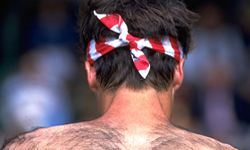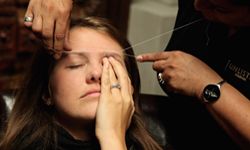When you dig around the history of hair removal, it's pretty clear that humans have been trying to get rid of it ever since they've had it. The Neanderthal practiced primitive forms of shaving and hair cutting, perhaps to avoid lice or long, cumbersome locks that would get in the way during a wooly mammoth hunt. Plus, the hairy elders of the tribe would die "earlier" than the less-hairy youth, so there was a misguided link made between hair and beard length and lifespan. As humans evolved, facial hair became a fashion statement, so removing parts of it to achieve whatever look was in vogue became a necessity.
Women in many parts of the world were soon expected to keep their legs and armpits hairless, and when the bathing suit came into play, so did the expectation of a well-groomed bikini line. These days, hair removal is generally viewed as a cosmetic issue -- getting rid of that hairy back or the embarrassing female mustache. Most cultures have acceptable and unacceptable areas and amounts of hair, making it necessary to oblige these unwritten rules to avoid being ostracized. We'll go over five hair removal methods throughout history, from the Neanderthal using abrasive tools to modern laser techniques.
Advertisement


